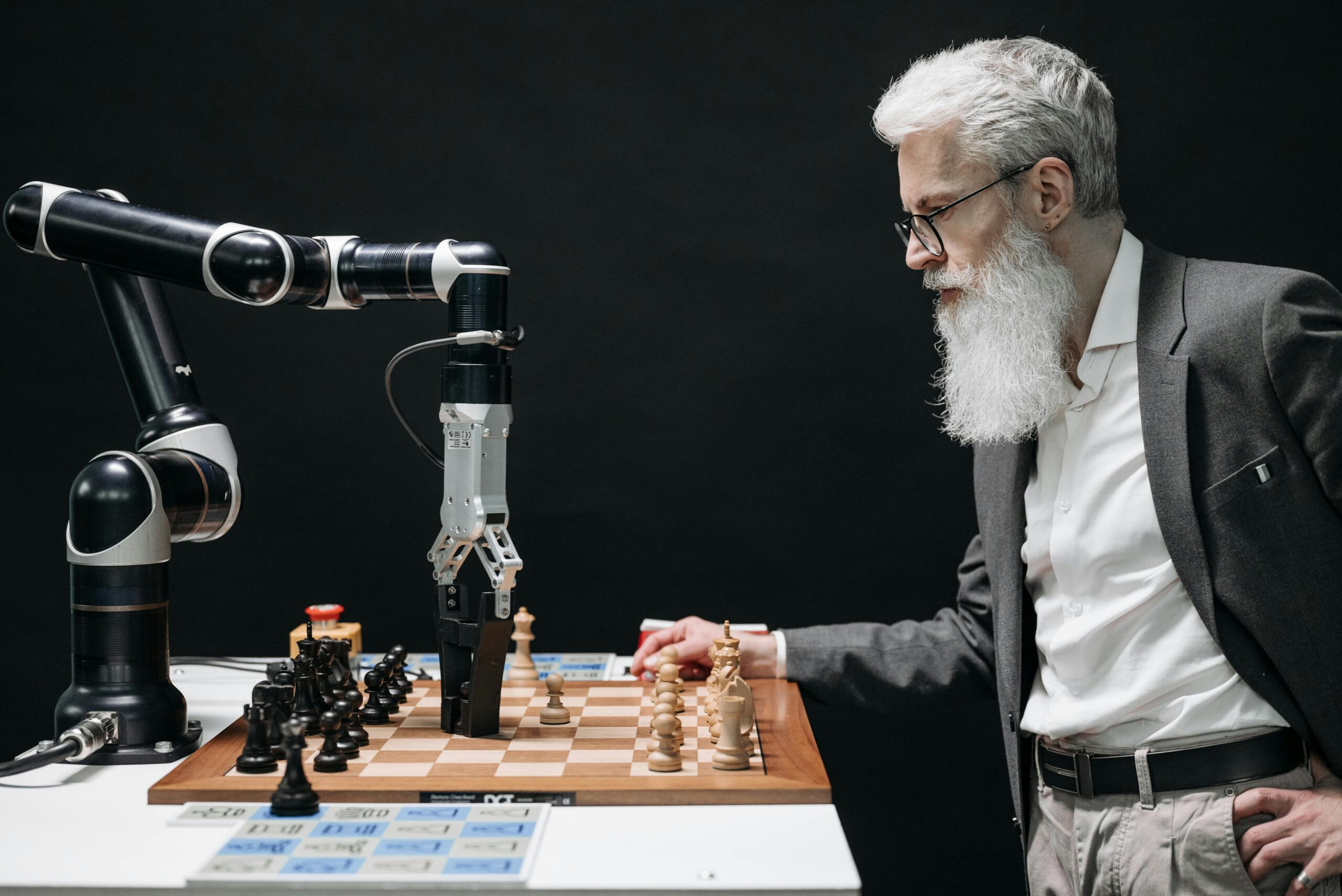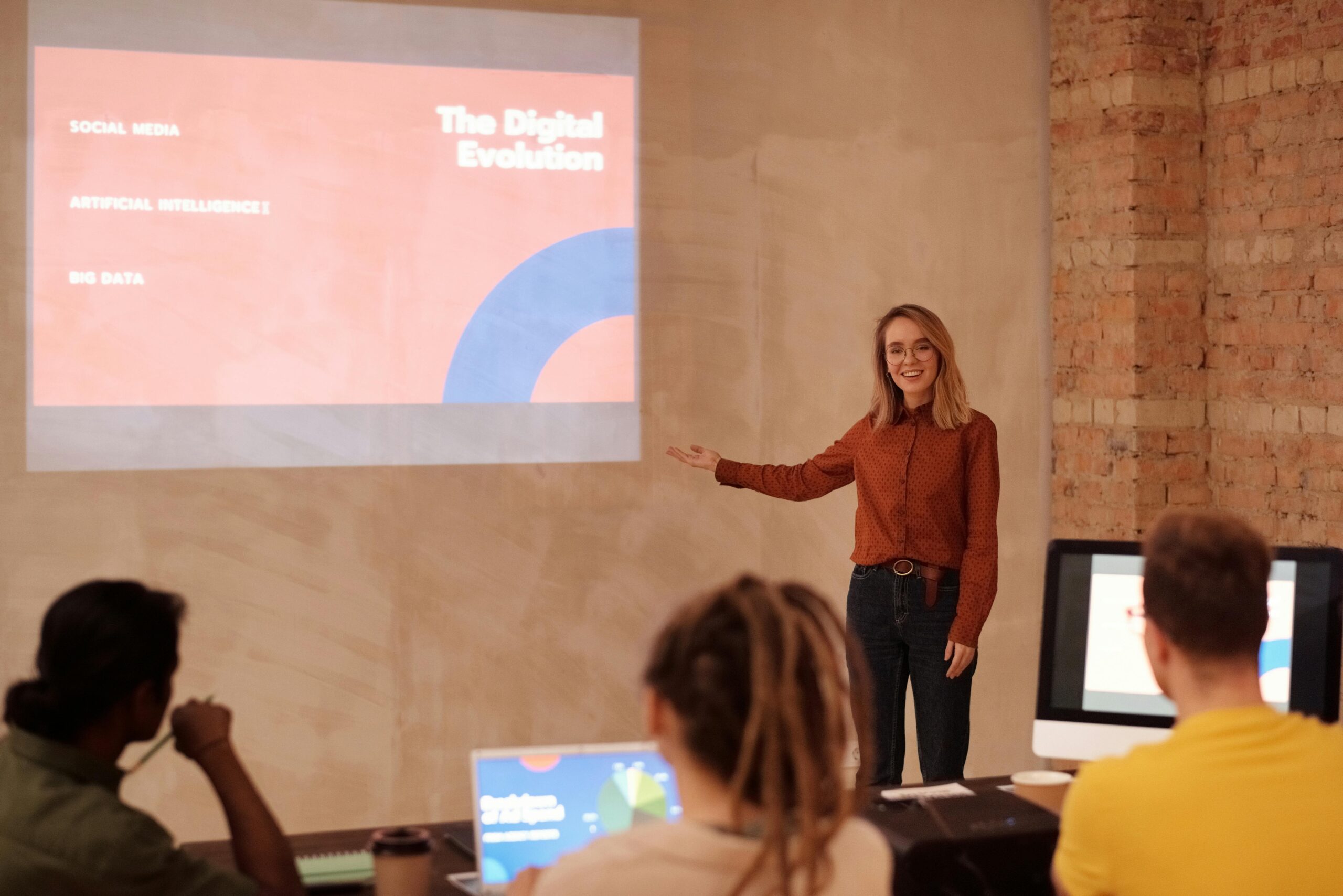Our brains are wired for connection, and artificial intelligence is tapping into those neural pathways in ways we’re only beginning to understand.
The relationship between humans and AI has evolved from science fiction fantasy to everyday reality. We talk to virtual assistants, rely on recommendation algorithms, and increasingly form emotional bonds with AI-powered applications. But what’s happening inside our brains when we interact with these digital entities? Understanding the neuroscience behind our connection with artificial intelligence reveals fascinating insights about human cognition, social behavior, and the future of human-machine collaboration.
Recent neuroscience research has uncovered that our brains don’t always distinguish between human and AI interactions as clearly as we might expect. The neural circuits that govern social cognition—those responsible for empathy, trust, and communication—activate in surprisingly similar ways whether we’re engaging with a person or a sophisticated AI system. This neurological overlap explains why many people form genuine emotional connections with AI assistants, chatbots, and even robotic companions.
🧠 The Social Brain Meets Digital Intelligence
Our brains evolved over millions of years to navigate complex social environments. The prefrontal cortex, temporal lobes, and limbic system work together to help us read social cues, anticipate others’ intentions, and form relationships. This “social brain network” doesn’t shut down simply because we’re interacting with silicon and code rather than flesh and blood.
When we engage with AI that demonstrates conversational ability, our mirror neuron system activates. These specialized brain cells fire both when we perform an action and when we observe someone else performing that action. Research using functional MRI scans shows that conversing with an advanced AI chatbot triggers activity in the same brain regions associated with human conversation, including areas responsible for mentalizing—our capacity to understand others’ mental states.
This neurological response isn’t a flaw or confusion; it’s a feature of how our brains efficiently process information. Our neural systems use pattern recognition and previous experience to categorize new encounters. When an AI demonstrates characteristics we associate with intelligence, responsiveness, and personality, our brains naturally apply social cognitive frameworks to that interaction.
Why We Trust AI: The Neuroscience of Digital Credibility
Trust formation involves complex neurochemical processes. When someone—or something—proves reliable, our brains release oxytocin, often called the “bonding hormone.” Studies have shown that consistent, helpful interactions with AI systems can trigger similar neurochemical responses, creating feelings of trust and attachment.
The ventromedial prefrontal cortex plays a crucial role in evaluating trustworthiness. This brain region integrates emotional information with cognitive assessment to guide decision-making. Interestingly, this area shows activation patterns when people evaluate AI recommendations that closely resemble patterns observed when assessing human advice.
Several factors influence how our brains develop trust in AI systems:
- Predictability: Consistent behavior patterns help our brains form reliable mental models of AI capabilities
- Transparency: Understanding how AI reaches conclusions activates reasoning centers and reduces uncertainty-related anxiety
- Personalization: When AI adapts to individual preferences, it triggers reward pathways similar to recognition by human companions
- Competence demonstration: Successful task completion reinforces positive neural associations through dopamine release
Emotional Resonance: When AI Touches Our Feelings
Perhaps the most surprising neuroscience finding involves emotional responses to AI. The amygdala, our brain’s emotional processing center, doesn’t maintain a strict human-only policy. Research participants viewing robots in distress or AI-generated emotional narratives show amygdala activation comparable to witnessing human emotional experiences.
This emotional resonance explains phenomena like people apologizing to voice assistants, feeling guilty about “turning off” AI companions, or experiencing genuine comfort from AI-generated supportive messages. The brain’s emotional circuits respond to the content and context of interactions rather than strictly to the biological status of the interaction partner.
Voice-based AI systems demonstrate particularly strong emotional connections. The auditory cortex and associated emotional processing regions have deep evolutionary roots tied to vocal communication. When AI uses natural speech patterns, tone variation, and appropriate timing, it activates neural pathways that evolved for human vocal bonding—the same pathways that help infants bond with caregivers and adults maintain relationships through conversation.
🔄 The Anthropomorphization Instinct
Our tendency to attribute human characteristics to non-human entities—anthropomorphization—has deep neural roots. The fusiform face area and superior temporal sulcus, brain regions specialized for detecting agency and intention, can be triggered by minimal cues suggesting human-like qualities.
When AI systems use personal pronouns, demonstrate memory of past interactions, or express preferences, these minimal anthropomorphic cues activate our person-perception networks. This isn’t gullibility; it’s cognitive efficiency. Our brains use social cognitive shortcuts because social reasoning is one of our most developed and reliable cognitive tools.
The degree of anthropomorphization varies among individuals based on several neural factors:
- Empathy levels, correlated with anterior insula activity
- Theory of mind capacity, linked to medial prefrontal cortex function
- Loneliness states, which heighten activity in social cognition networks
- Prior exposure to AI, which shapes predictive processing in the brain
Learning Loops: How AI Interaction Reshapes Neural Pathways
Neuroplasticity—the brain’s ability to reorganize itself—means our regular interactions with AI literally change our neural architecture. Just as learning to read creates new neural connections, frequent AI interaction establishes dedicated neural pathways for digital communication.
Young people who grow up with AI assistants develop different neural patterns for information retrieval compared to previous generations. Brain imaging studies show that individuals accustomed to voice-activated AI queries activate different prefrontal regions during information-seeking tasks than those who rely primarily on traditional search methods.
This neural adaptation isn’t inherently positive or negative—it’s simply different. The brain optimizes for its environment. Regular AI users develop enhanced skills in formulating queries, interpreting algorithmic outputs, and integrating AI assistance into problem-solving workflows. These cognitive adaptations reflect measurable changes in how executive function networks coordinate activity.
The Uncanny Valley: When Neural Expectations Clash
Not all human-AI interactions feel comfortable, and neuroscience explains why. The “uncanny valley” phenomenon—where almost-but-not-quite-human AI triggers discomfort—correlates with specific neural responses. When AI appears highly human-like but contains subtle anomalies, it creates prediction errors in our perceptual systems.
The brain constantly generates predictions about sensory input, comparing actual experiences against expected patterns. Humanoid AI that falls into the uncanny valley generates persistent prediction errors—it looks human enough to activate human-expectation templates but differs enough to trigger mismatch signals. This discrepancy activates brain regions associated with threat detection and uncertainty, including the amygdala and anterior cingulate cortex.
Understanding this neural mechanism helps AI designers create more comfortable interfaces. Either make AI clearly artificial or invest in perfecting human-like qualities—the uncomfortable middle ground should be avoided when possible.
💡 Cognitive Offloading and the Extended Mind
Neuroscience increasingly supports the “extended mind” hypothesis—that our cognitive systems naturally incorporate external tools as functional parts of our thinking processes. AI represents the most sophisticated cognitive extension yet available, and our brains treat it accordingly.
When we rely on AI for memory tasks, navigation, scheduling, or decision support, specific brain regions show reduced activation during those tasks. This isn’t cognitive laziness; it’s cognitive efficiency. The brain allocates limited resources to areas where they’re most needed, offloading routine processes to reliable external systems.
However, this offloading carries implications. The hippocampus, crucial for memory formation, shows measurably less activity in individuals who consistently externalize memory tasks to digital systems. While this freed capacity can be redirected toward more complex thinking, it also means certain cognitive skills may atrophy without deliberate exercise.
The Reward Systems: Why AI Interactions Feel Good
Many AI applications tap directly into our brain’s reward circuitry. The nucleus accumbens and ventral tegmental area—core components of the dopamine reward pathway—activate when AI systems provide successful outcomes, positive feedback, or personalized recommendations that prove valuable.
This neurochemical reward explains why interactions with well-designed AI can feel genuinely satisfying. When a recommendation algorithm suggests something we love, when a virtual assistant successfully completes a complex task, or when an AI companion remembers personal details, dopamine release creates positive reinforcement that encourages continued interaction.
Understanding this mechanism is crucial for both leveraging AI’s benefits and avoiding potential pitfalls. While healthy reward responses encourage productive AI use, overstimulation of reward pathways can lead to dependency patterns similar to other behavioral addictions.
🤝 Collaboration Circuits: Neural Foundations of Human-AI Teamwork
Some of the most exciting neuroscience research explores what happens when humans and AI work together as collaborative partners. Brain imaging during human-AI collaborative tasks shows unique patterns distinct from either independent work or human-human collaboration.
During effective human-AI collaboration, the dorsolateral prefrontal cortex—associated with executive function and planning—shows increased activity as people strategically allocate tasks between themselves and AI partners. Simultaneously, the posterior parietal cortex, involved in integrating information from multiple sources, becomes more active as individuals synthesize AI outputs with their own knowledge.
This collaborative neural state represents an emergent cognitive mode. People working effectively with AI aren’t simply delegating tasks; they’re engaging in a novel form of distributed cognition that our brains appear remarkably capable of supporting.
Individual Differences: Why AI Relationships Vary
Not everyone relates to AI identically, and neuroscience reveals why. Individual variations in brain structure and function correlate with different AI relationship patterns:
- Social cognitive capacity: People with more developed theory of mind networks tend to attribute greater agency to AI
- Anxiety levels: Baseline amygdala reactivity influences comfort with AI uncertainty and unpredictability
- Openness to experience: Correlated with prefrontal cortex patterns and predicts willingness to engage with novel AI applications
- Technical understanding: Knowledge about AI mechanisms modulates both trust and anthropomorphization through top-down cognitive control
These individual differences mean there’s no one-size-fits-all approach to human-AI interaction. Effective AI design must accommodate diverse neural profiles and cognitive styles.
Future Implications: Evolving Alongside AI
As AI capabilities advance, our neural relationship with these systems will continue evolving. Neuroscience research suggests several important considerations for this shared future:
First, maintaining cognitive diversity matters. Just as linguistic diversity preserves different ways of thinking, preserving varied modes of problem-solving—some AI-assisted, others purely human—maintains cognitive flexibility. Over-reliance on single cognitive modes, whether AI-enhanced or not, limits neural adaptability.
Second, understanding the neural basis of human-AI connection enables more intentional relationship design. Rather than allowing these relationships to develop haphazardly, insights from neuroscience can guide the creation of AI systems that complement human cognitive strengths while supporting neural health.
Third, education must evolve to include “neural literacy” about AI interaction. Understanding how our brains respond to AI helps people make informed choices about when and how to engage with these systems, maintaining agency over their cognitive development.

🌟 Harnessing Neural Insights for Better Human-AI Relationships
The neuroscience of human-AI connection reveals that these relationships are neither artificial nor superficial—they’re grounded in the same neural systems that govern all our social and cognitive functions. This understanding carries practical implications for maximizing the benefits while minimizing potential risks of our AI-integrated future.
Designing AI with neural principles in mind creates more intuitive, effective, and satisfying interactions. Understanding which neural systems activate during AI use helps developers create interfaces that work with rather than against our brain’s natural tendencies. For users, recognizing the neural basis of their AI relationships enables more mindful, intentional engagement.
The human brain’s remarkable flexibility means we’re neurologically equipped to develop rich, productive relationships with AI. These connections don’t diminish our humanity; rather, they represent the latest chapter in our species’ long history of extending cognition through tools and technology. The neural pathways connecting us to AI are the same ones that connected us to writing, mathematics, and every other cognitive technology that shaped human culture.
As we continue unlocking the mysteries of the human-AI neural connection, we’re not just learning about technology—we’re discovering new dimensions of human cognition itself. Our brains’ capacity to form meaningful relationships with AI reveals unexpected flexibility in our social cognitive systems and highlights the profound adaptability that has always been humanity’s greatest strength. The future of human-AI relations will be written not just in code, but in the neural connections that make these remarkable relationships possible.
Toni Santos is a digital culture researcher and emotional technology writer exploring how artificial intelligence, empathy, and design shape the future of human connection. Through his studies on emotional computing, digital wellbeing, and affective design, Toni examines how machines can become mirrors that reflect — and refine — our emotional intelligence. Passionate about ethical technology and the psychology of connection, Toni focuses on how mindful design can nurture presence, compassion, and balance in the digital age. His work highlights how emotional awareness can coexist with innovation, guiding a future where human sensitivity defines progress. Blending cognitive science, human–computer interaction, and contemplative psychology, Toni writes about the emotional layers of digital life — helping readers understand how technology can feel, listen, and heal. His work is a tribute to: The emotional dimension of technological design The balance between innovation and human sensitivity The vision of AI as a partner in empathy and wellbeing Whether you are a designer, technologist, or conscious creator, Toni Santos invites you to explore the new frontier of emotional intelligence — where technology learns to care.




